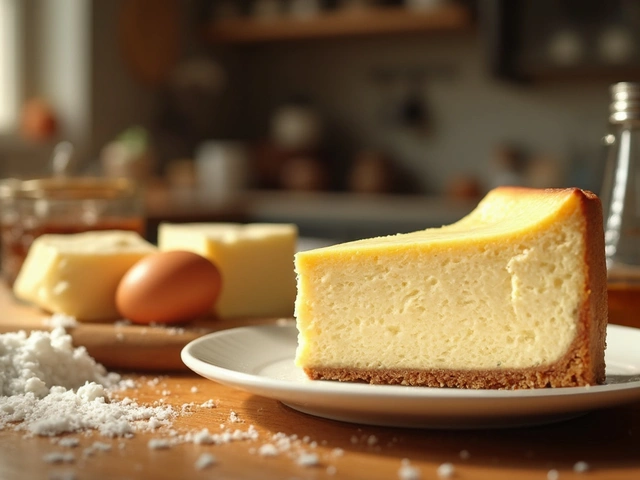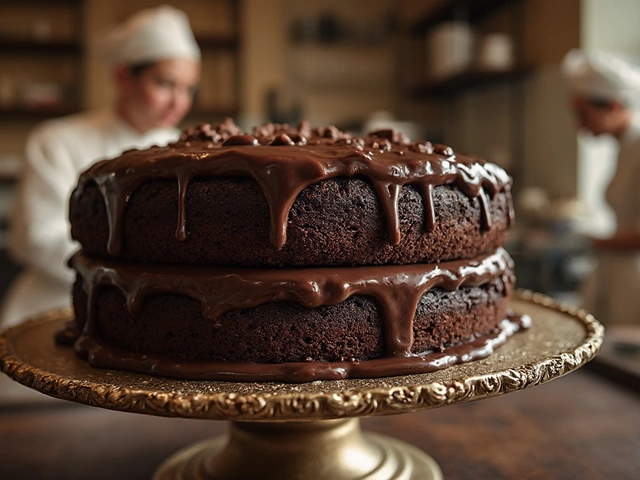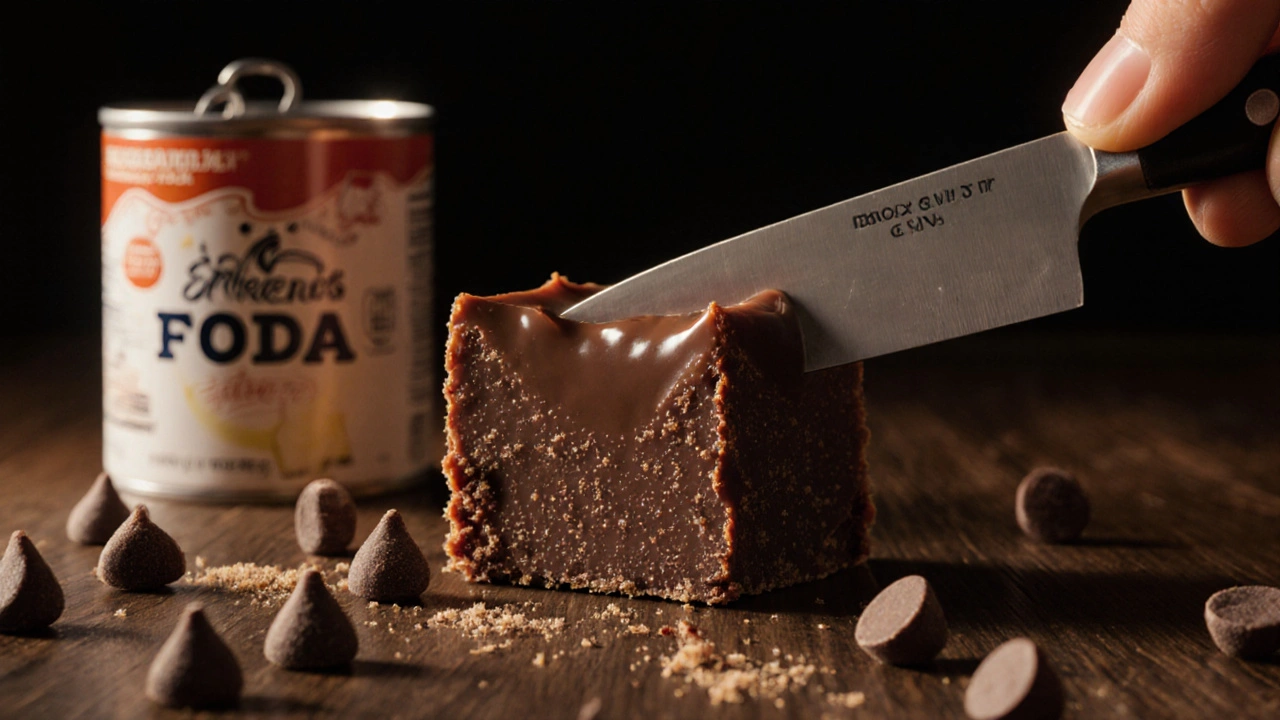
Ever made fudge that turned out grainy, too soft, or just plain dull? You followed the recipe to the letter, used real chocolate, stirred just right-but something still felt off. The missing piece might be in your pantry, sitting next to the heavy cream: evaporated milk.
Evaporated milk isn’t just a substitute for regular milk. In fudge, it’s the secret behind that smooth, melt-in-your-mouth texture you can’t get with anything else. And no, it’s not the same as sweetened condensed milk-even though they look similar. Here’s why evaporated milk makes all the difference.
What Exactly Is Evaporated Milk?
Evaporated milk is regular milk with about 60% of its water removed through gentle heating. It’s then homogenized and sterilized in cans. No sugar is added. That’s the key difference from sweetened condensed milk, which has sugar pumped into it and tastes like caramel syrup.
Because it’s concentrated, evaporated milk has a richer flavor and thicker consistency than regular milk. But it’s still neutral-no sweetness, no caramel notes. That makes it the perfect blank canvas for chocolate.
Why Fudge Needs More Than Just Cream
Fudge is a sugar crystal candy. That means the texture depends on how those sugar crystals form. Too many big crystals? Grainy mess. Too few? Sticky goo. The goal is a sea of tiny, even crystals that melt smoothly on your tongue.
Regular milk has too much water. When you heat it with sugar and chocolate, the water evaporates slowly. That gives sugar time to form large crystals before the mixture thickens enough to lock them in place. Result? Grainy fudge that feels like sand.
Evaporated milk cuts that problem in half. With less water to boil off, the mixture reaches the right temperature faster. Sugar doesn’t have time to grow big crystals. Instead, they stay microscopic-and that’s what gives fudge its velvety feel.
How Evaporated Milk Affects Temperature Control
Fudge needs to be cooked to the soft-ball stage: 234-240°F (112-116°C). That’s the exact range where sugar syrup forms tiny, stable crystals when cooled.
With regular milk, you’re fighting steam. The water boils off, you lose volume, and the mixture takes longer to reach that magic temperature. You might overcook it trying to compensate, ending up with hard, brittle fudge.
Evaporated milk skips most of that. You get to 235°F quicker and more evenly. The fat and protein content also help stabilize the emulsion. Chocolate melts into the mixture instead of separating. No oily film on top. No gritty bits.
Real-World Test: Evaporated Milk vs. Regular Milk
In a side-by-side test using identical recipes-same chocolate, same sugar, same stirring method-fudge made with evaporated milk set in under 2 hours. It had a glossy surface, clean snap when broken, and melted slowly on the tongue.
The version made with whole milk? Took 4 hours to set. It was softer, slightly sticky, and had a faint graininess you could feel between your teeth. Even after chilling overnight.
That’s not opinion. That’s physics. Less water = faster crystallization control.
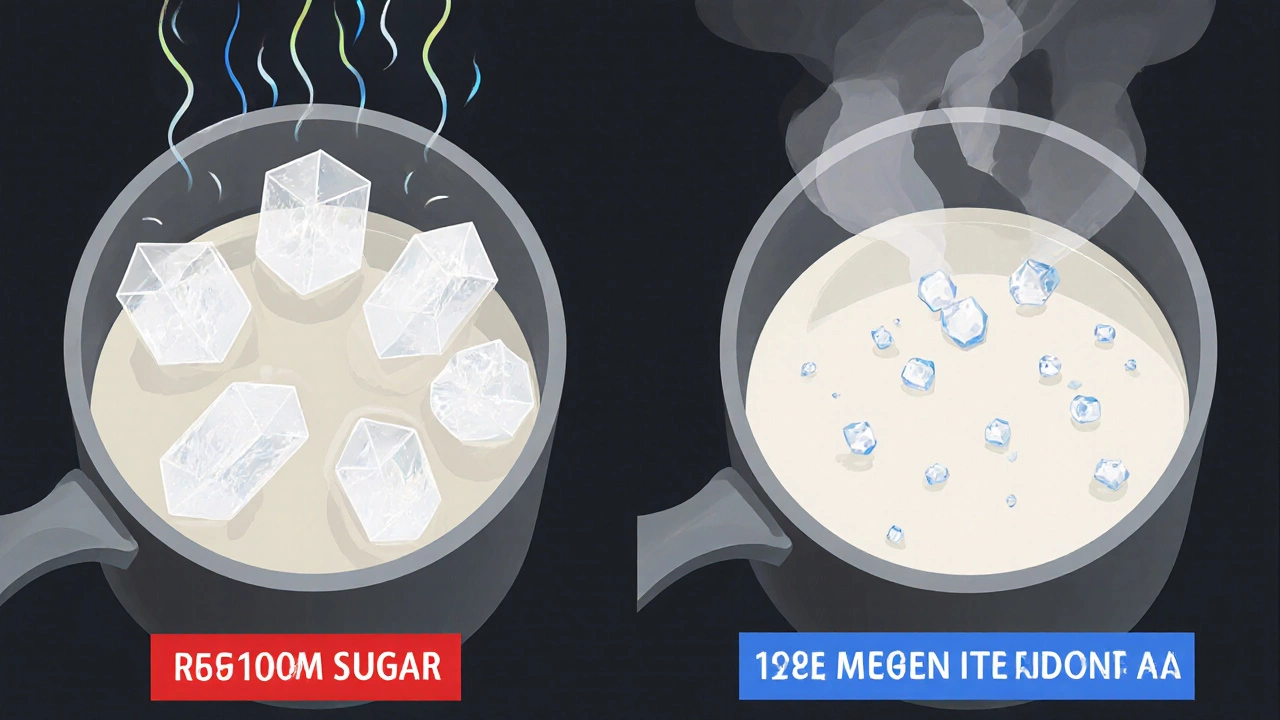
Why Not Use Sweetened Condensed Milk?
Many people assume evaporated milk and sweetened condensed milk are interchangeable. They’re not. Sweetened condensed milk is 40-45% sugar. Adding it to fudge doubles the sweetness and changes the chemistry entirely.
Fudge recipes using sweetened condensed milk aren’t true fudge-they’re no-cook fudge bars or candy squares. They’re delicious, sure. But they don’t have the same structure. They’re chewier, denser, and rely on the sugar to hold shape, not controlled crystallization.
If you want real fudge-the kind that melts like butter and holds its shape without being rock-hard-evaporated milk is the only choice.
Pro Tips for Using Evaporated Milk in Fudge
- Don’t substitute with almond milk or oat milk. They lack the fat and protein needed for emulsion.
- Use canned evaporated milk, not the shelf-stable carton version. The canning process gives it better stability.
- Stir constantly while heating. Even with evaporated milk, sugar can scorch if left alone.
- Let the mixture cool to 110°F before stirring in vanilla or mix-ins. Stirring too early causes premature crystallization.
- Use a candy thermometer. Guessing the temperature is the #1 reason fudge fails.
What Happens If You Skip It?
You can make fudge without evaporated milk. You’ll find recipes using heavy cream, butter, or even coconut milk. But here’s the trade-off:
- Heavy cream works but requires longer cooking. More risk of overcooking. Higher fat can make fudge greasy if not handled right.
- Whole milk leads to grainy results, as shown in tests.
- Coconut milk adds flavor that masks chocolate. Great for vegan versions, but not classic fudge.
Evaporated milk is the only ingredient that gives you the right balance of water reduction, fat content, and protein stability without altering flavor.
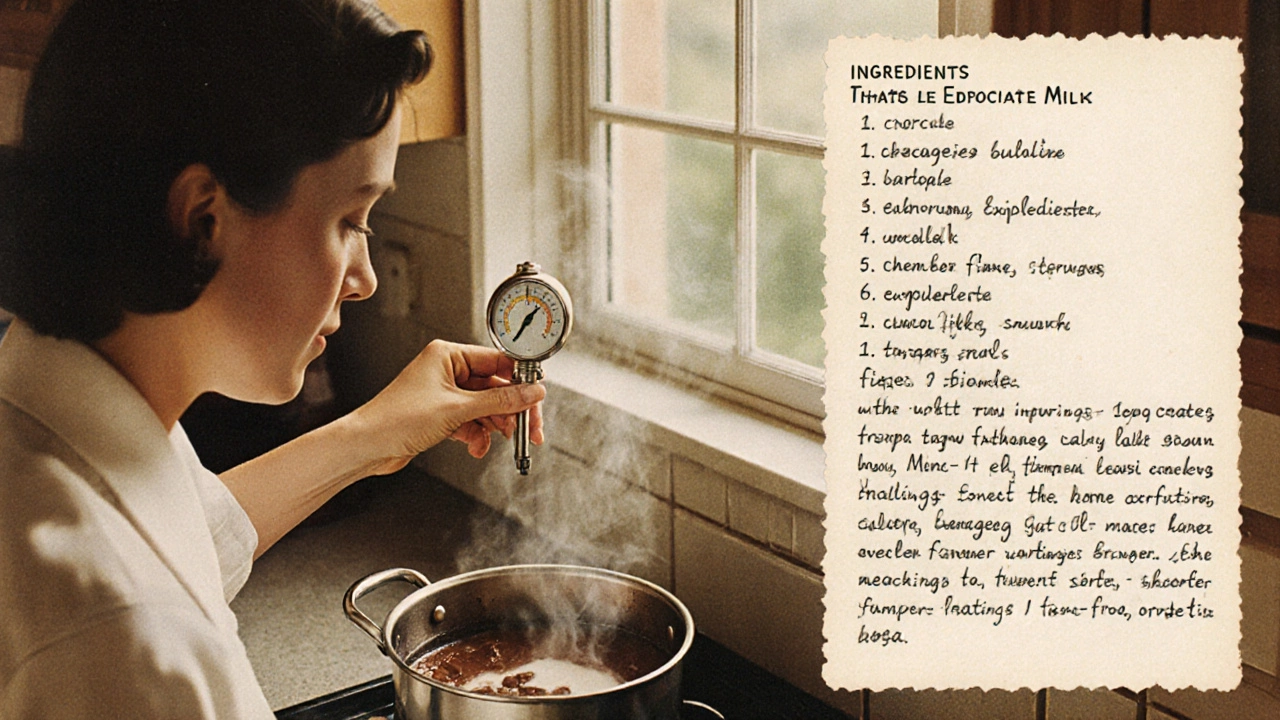
Classic Fudge Recipe Using Evaporated Milk
Here’s a simple, foolproof version:
- Combine 2 cups granulated sugar, 1/2 cup evaporated milk, and 1/4 teaspoon salt in a heavy saucepan.
- Stir over medium heat until sugar dissolves. Stop stirring.
- Bring to a boil. Cook without stirring until thermometer reads 234°F (soft-ball stage), about 10-12 minutes.
- Remove from heat. Add 12 oz semisweet chocolate chips and 1/2 cup unsalted butter. Let sit 2 minutes, then stir until smooth.
- Stir in 1 teaspoon vanilla extract. Pour into a greased 8x8-inch pan.
- Cool at room temperature for 2 hours, then cut into squares.
No stirring after boiling. No guessing. Just smooth, rich, perfect fudge.
Common Mistakes (and How to Fix Them)
Even with evaporated milk, fudge can go wrong. Here’s what usually happens:
- Grainy texture → You stirred after the sugar dissolved. Never stir once it boils.
- Too soft → Didn’t reach 234°F. Use a thermometer. Don’t trust bubbles.
- Too hard → Overcooked past 240°F. Take it off heat the second it hits the target.
- Separates → Butter or chocolate added too hot. Let mixture cool slightly before adding.
Evaporated milk doesn’t fix bad technique. But it gives you a much bigger margin for error.
Why This Works Every Time
Evaporated milk isn’t magic. It’s science. It’s about controlling water, managing heat, and stabilizing emulsions. The same principles apply to caramel, marshmallows, and even custards.
Once you understand why evaporated milk works, you don’t just follow recipes-you adapt them. You can swap chocolate types, add nuts, swirl in peanut butter, or make it dairy-free with coconut evaporated milk (though results vary). You’ll know what to expect.
That’s the difference between baking by rote and baking with confidence.
Can I use evaporated milk instead of condensed milk in fudge?
No. Evaporated milk has no sugar. Sweetened condensed milk is half sugar. Using it in a recipe meant for evaporated milk will make your fudge far too sweet and change its texture completely. They’re not interchangeable.
Why does my fudge turn out crumbly?
Crumbly fudge usually means it was overcooked. If the mixture goes past 240°F, the sugar crystallizes too much and becomes dry and brittle. Always use a candy thermometer and remove the pot from heat the moment it hits 234-238°F.
Can I use skim evaporated milk?
It’s not recommended. The fat in whole evaporated milk helps create a smooth emulsion with chocolate. Skim versions lack that fat, so your fudge may separate or feel chalky. Stick with regular evaporated milk for best results.
Does evaporated milk make fudge last longer?
Yes. The reduced water content and higher concentration of solids help fudge stay fresh longer. Properly stored in an airtight container at room temperature, it keeps for up to 2 weeks without drying out or becoming sticky.
Can I make vegan fudge with evaporated milk?
You can use canned coconut evaporated milk, but it’s not the same. Coconut milk has different fats and proteins, so the texture will be softer and may have a coconut flavor. For true vegan fudge, recipes using coconut cream and maple syrup work better than trying to substitute evaporated milk.



